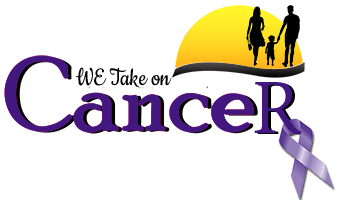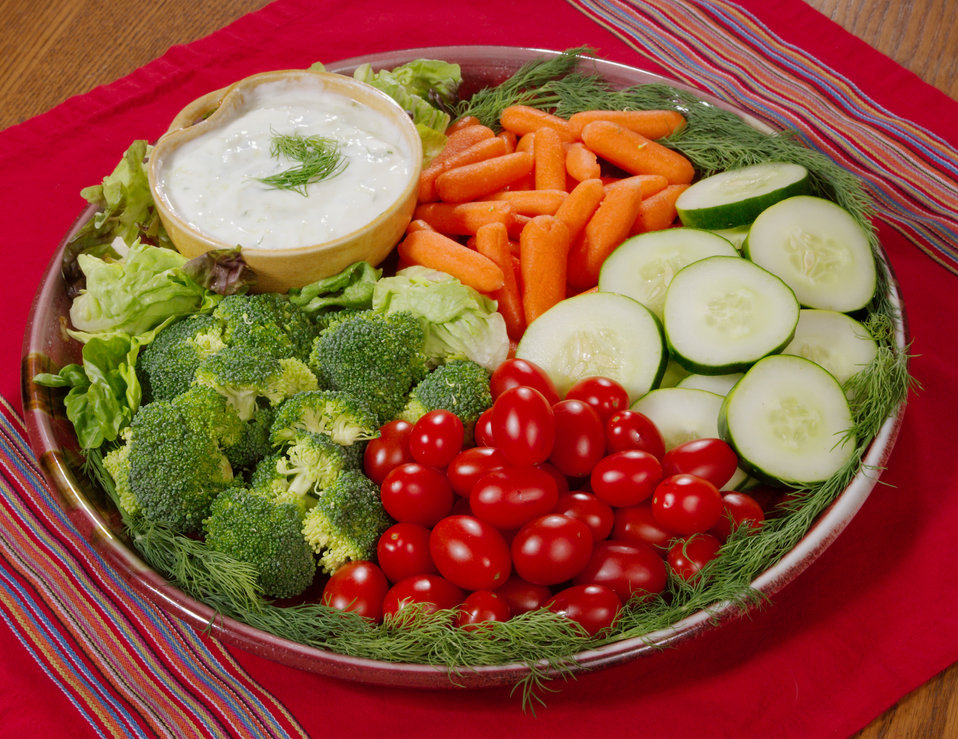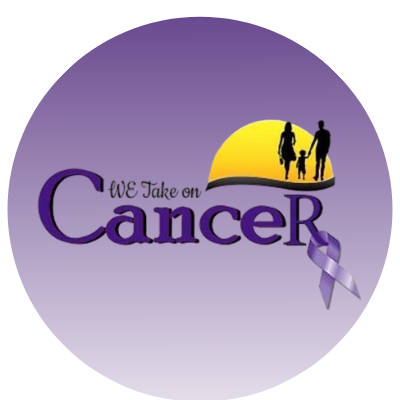Broccoli — and to an even greater degree broccoli sprouts — has gained a reputation as a potent cancer-fighter, and recent research sheds new light on the actual mechanics behind its chemoprotective abilities.
One of the compounds in broccoli known to have anti-cancer activity is sulforaphane, a naturally occurring organic sulfur.
Studies have shown sulforaphane supports normal cell function and division while causing apoptosis (programmed cell death) in colon, prostate, breast and tobacco-induced lung cancer4 cells, and reducing the number of cancerous liver tumors in mice.5
Three servings of broccoli per week may reduce your risk of prostate cancer by more than 60 percent. Now, Oregon State University (OSU) researchers believe they’ve discovered yet another way sulforaphane works to protect you against cancer.
How Sulforaphane Prevents Cancer From Spreading
More than 90 percent of the DNA sequences in your genome are thought of as “junk DNA,” having no perceptible function as they do not code for proteins. Alas, mounting research is now revealing the fallacy of such thinking. As suspected, nature does not waste material, nor does it create useless junk.
As noted in a recent paper discussing micro RNA (miRNA) and long noncoding RNA (lncRNA) interactions in the circulatory system, advances in DNA analysis have revealed that as much as 98 percent of the human genome encodes for noncoding transcripts.
Common sense would suggest 98 percent of the human genome could not be purposeless “junk” as previously thought.
It turns out differences between higher and lower organisms may actually arise from differences in these noncoding transcripts more so than the actual genetic code of any given organism. The paper goes on to explain:
“Many of these noncoding transcripts are processed to generate small noncoding RNA such as miRNA, or lncRNA. Through their interaction with DNA, RNA and proteins noncoding RNA have emerged as key regulators of gene expression under both physiological and pathological conditions …
Interestingly, cross-regulatory networks between miRNAs and lncRNA have recently been identified. A number of detailed sequencing studies have revealed that lncRNA are preferentially expressed in a tissue‐specific manner, suggesting that they hold great promise as selective targets in disease.”
Getting back to broccoli, scientists at OSU discovered that sulforaphane significantly reduces the expression of lncRNAs in prostate cancer cells, thereby influencing the miRNA and reducing the cancer cells’ ability to form colonies by as much as 400 percent.
So much for junk DNA! Lead OSU investigator Emily Ho, Ph.D., commented on her team’s findings, saying:
“It’s obviously of interest that this dietary compound, found at some of its highest levels in broccoli, can affect lncRNAs. This could open the door to a whole range of new dietary strategies, foods or drugs that might play a role in cancer suppression or therapeutic control.”
Sulforaphane Combats Cancer in More Ways Than One
Sulforaphane also reduces damaging reactive oxygen species (ROS) by as much as 73 percent, thereby lowering your risk of inflammation— another hallmark of cancer. It’s also an immune stimulant,14 and having robust immune function is your first line of defense against not only cancer but all disease.
Sulfur-rich cruciferous vegetables such as broccoli also play an important role in detoxification, which is yet another factor that can affect your cancer risk. Broccoli sprouts, in particular, have been shown to help detox environmental pollutants such as benzene. As noted by The World’s Healthiest Foods:
“… [S]ulforaphane increases the activity of the liver’s phase 2 detoxification enzymes. These enzymes … are well known for their ability to clear a wide variety of toxic compounds from the body including not only many carcinogens, but also many reactive oxygen species, a particularly nasty type of free radical.
By jump starting these important detoxification enzymes, compounds in crucifers provide protection against cell mutations, cancer and numerous other harmful effects that would otherwise be caused by these toxins.”
Other Anti-Cancer Compounds in Broccoli
Aside from sulforaphane, broccoli contains several other health-promoting, chemoprotective nutrients and compounds, including:
• Fiber, which helps nourish your gut microbiome to strengthen your immune function and reduce your risk of inflammatory diseases. Fiber also activates a gene called T-bet, which is essential for producing immune cells in the lining of your digestive tract.20
These immune cells, called innate lymphoid cells (ILCs), help maintain balance between immunity and inflammation in your body and produce interleukin-22 (IL-22), a hormone that helps protect your body from pathogenic bacteria.
ILCs even help resolve cancerous lesions and prevent the development of bowel cancers and other inflammatory diseases.
• Glucoraphanin, a glucosinolate precursor of sulforaphane that influences carcinogenesis and mutagenesis. Compared to mature broccoli, broccoli sprouts can contain up to 20 times more glucoraphanin.
• Phenolic compounds, including flavonoids and phenolic acids, which have a potent ability to eliminate damaging free radicals and quell inflammation, resulting in a lower risk for diseases such as asthma, type 2 diabetes and heart disease.
One of the ways phenolic compounds slow the encroachment of disease is by defending against infection, most dramatically by zapping ROS linked to atherosclerosis and neurodegenerative diseases such as Parkinson’s and Alzheimer’s.
• Diindolylmethane (DIM). Your body produces DIM when it breaks down cruciferous vegetables. Like many other broccoli compounds, DIM has shown multiple potential benefits, including boosting your immune system and helping to prevent or treat cancer.
• Nicotinamide mononucleotide (NMN), an enzyme involved in the production of nicotinamide adenine dinucleotide (NAD), a compound involved in mitochondrial health and energy metabolism. NAD may slow age-related decline in health by restoring your metabolism to more youthful levels.
Previous research has shown that, with age, your body loses its capacity to create NAD — an effect thought to be related to, or the result of, chronic inflammation. Studies have also shown that taking NAD directly is ineffective. Instead, you’re better off taking its precursor, NMN, found in broccoli, cucumbers, cabbage, avocado and other green vegetables. Once in your system, NMN is quickly converted into NAD.
Broccoli Reduces Risk of Fatty Liver and Liver Cancer
Broccoli may also be an important dietary intervention for non-alcoholic fatty liver disease (NAFLD), which affects up to 25 percent of Americans, including children. NAFLD is defined as an excessive accumulation of fats in your liver in the absence of significant alcohol consumption.
The overconsumption of net carbs, especially fructose from processed foods, soda and juices, is strongly associated with NAFLD which, if left untreated, can raise your risk of liver cancer.
Recent research suggests the fat-forming and pro-inflammatory effects of fructose may be due to transient ATP (the chemical storage form of energy) depletion. This in turn leads to uric acid formation, which at excessively high levels acts as a pro-oxidant inside your cells.
According to an animal study published in 2016, long-term consumption of broccoli may reduce your chances of developing fatty liver and liver cancer caused by the standard American diet by lowering triglyceride levels in your liver.
How to Optimize Sulforaphane Content in Mature Broccoli
Ideally, broccoli should not be eaten raw. If you prefer raw food, you’d be better off eating raw broccoli sprouts instead of mature broccoli, as they’re a far more potent source of sulforaphane. Tests show three-day-old broccoli sprouts consistently contain up to 50 times the amount of anti-cancer compounds found in mature broccoli, including sulforaphane.
This super-charged nutrient-density means you can eat far less of them while still maximizing your benefits. If you’re partial to mature broccoli, you can maximize the sulforaphane content by preparing it properly, and combining it with specific foods. Eating broccoli raw will actually only give you about 12 percent of the total sulforaphane content theoretically available.
Research shows steaming mature broccoli spears for three to four minutes will increase the available sulforaphane content by eliminating epithiospecifier protein — a heat-sensitive sulfur-grabbing protein that inactivates sulforaphane — while still retaining the enzyme myrosinase, which converts glucoraphanin to sulforaphane. The latter is important because, without myrosinase, you cannot absorb the sulforaphane.
Do not steam the broccoli for more than five minutes, however, as beyond that point, you start losing valuable compounds. If you want to microwave your broccoli, be sure not to go past the 1-minute mark, as this will destroy a majority of the myrosinase needed for sulforaphane absorption. If you opt for boiling, blanch it in boiling water for no more than 20 to 30 seconds, then immerse it in cold water to stop the cooking process.
Also, be sure to use raw, freshly harvested broccoli whenever possible. Frozen broccoli has diminished ability to produce sulforaphane as myrosinase is quickly destroyed during the blanching process. Broccoli can also lose 80 percent of its glucoraphanin — the precursor of sulforaphane — in the first 10 days after harvest.
To increase sulforaphane content even further, eat it with a myrosinase-containing food such as mustard seed, daikon radishes, wasabi, arugula or coleslaw. A 2013 study that focused on mustard seed — which is said to contain a particularly resilient form of myrosinase — confirmed that mustard seed can boost sulforaphane formation even in boiled broccoli. Adding a myrosinase-rich food is particularly important if you eat the broccoli raw, or use frozen broccoli.
Article originally posted on mercola.com
Written By: Dr. Mercola


